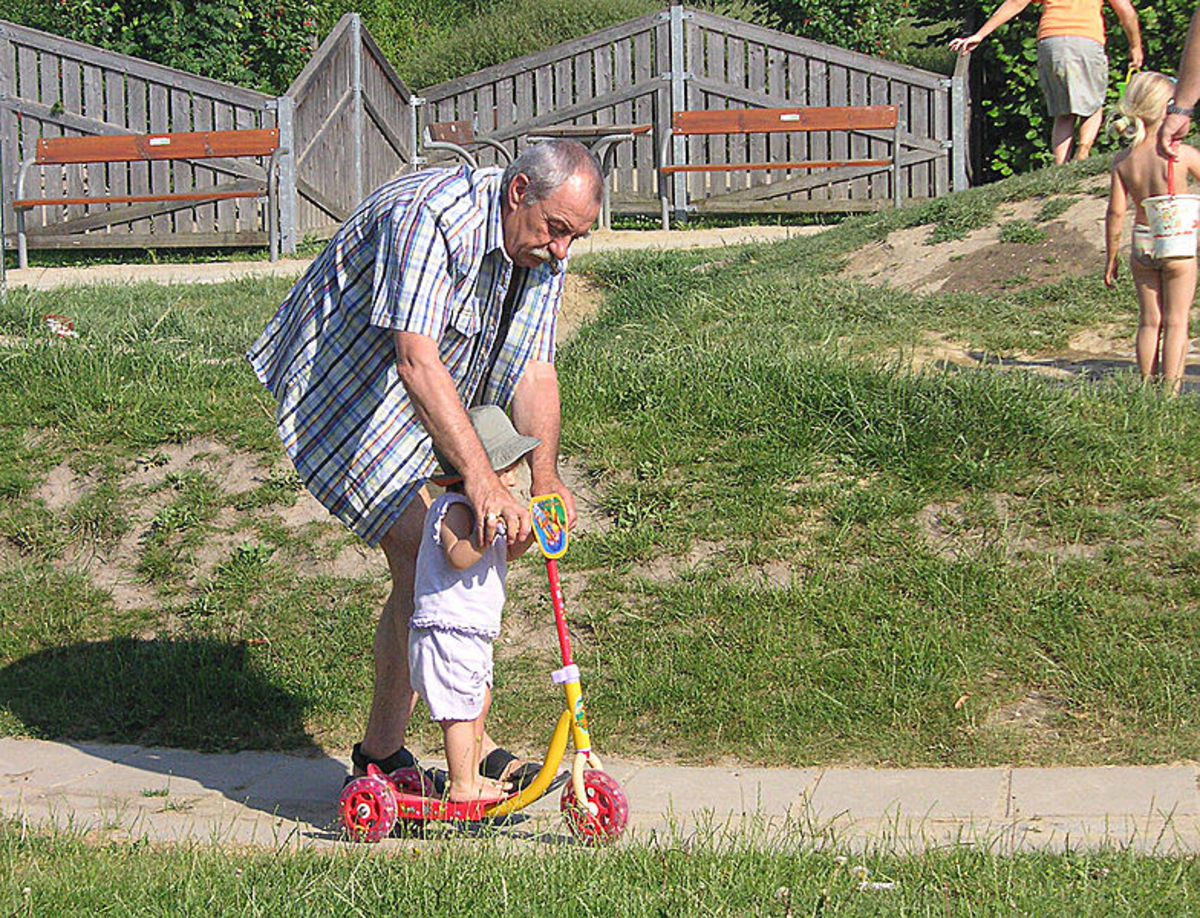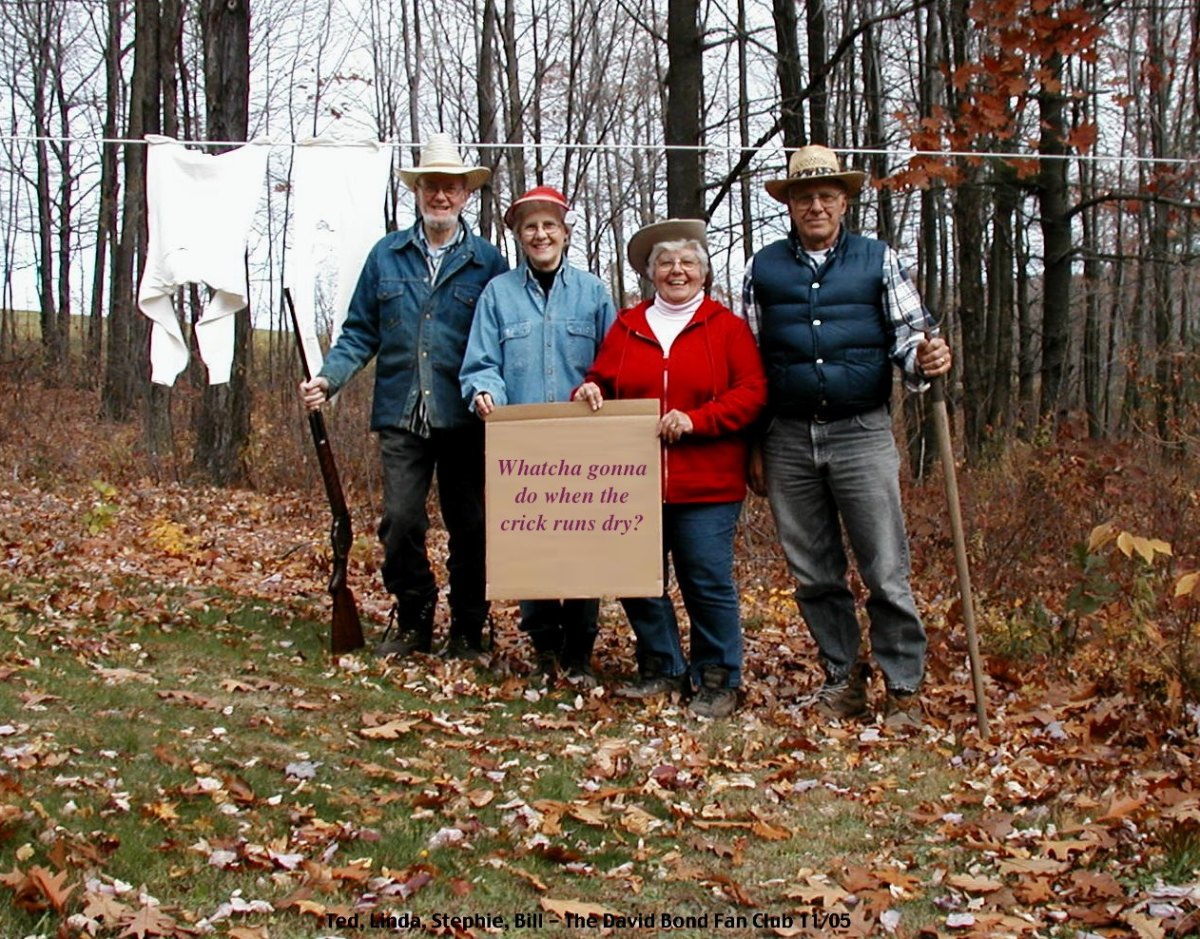Time Out Strategies
Time Outs: When to Use Them and How
We often hear the term "time-out" used in behavior management, but the key to employing this strategy successfully is knowing when to use it. I try to reserve time-outs as a chance for the child to extract himself from the situation and take some time to reflect on his behavior and make the appropriate changes. Time outs should never be used for a first infraction, UNLESS the child is endangering himself or others. In these cases, a more severe punishment than a time-out (such as a visit to the principal's office or losing privileges) may be necessary as well.
A good use of a time-out would be after a child has received a warning and continues to deliberately display negative behaviors. When warning the child initially, make sure to clearly state that if behavior does not improve and the child has to be reminded again, a time-out will ensue. Then, in order to gain respect and authority, you must follow through! Do not let the child engage in a debate, rather calmly direct her to the designated time out spot.
How Long? A good rule of thumb for time-outs is to make the time equal in minutes to a child's age. Thus, a 5 year old would receive a 5 minute time out. When time outs carry on for too long, the child becomes restless, frustrated, and often forgets why he is in time-out to begin with. This can lead to a cycle of continued negative behavior. It often helps young children to set a timer, so that they have a visual aide to help them understand how long they should stay in time out.
Where? It is key to have one designated spot for time-outs. Children crave routine, so knowing that time out will occur at the same place, for the same amount of time, each time, is actually comforting to children. A good time-out spot would be an area of the room that is away from a lot of activity and free from distractions for the child. Designating a chair, mat, or carpet square will help to define the time out spot and keep the child from wandering. Set the child up for success and do not surround him/her with things to get into. Some children may benefit from putting their heads down while in time-out.
Don't Give In! Children may often resist time out and respond with tears, screaming, pleading, negotiating, and other negative behaviors. Do not give in! Do not let yourself get pulled into an argument, debate, or negotiation with a child. Remember that you are the authority figure and the child must abide by the rules you have stated. Calmly direct the child to time out and then walk away. If the child leaves time out, physically assist him to the spot again and walk away. Repeat this until the child stays in time out for the desired amount of time. If the child is resistant or you feel uncomfortable physically moving the child, ask an administrator for his/her support and assistance.
Remember that time outs exist to correct negative behavior and help a child acheive desired behavior. Use them only when needed and be clear with your expectations. If you are clear and consistent with your time outs, many children will not continue to need them after they understand you will follow through with your expectations. For those that do, it will be a time where they can modify behavior and come back to the group.








